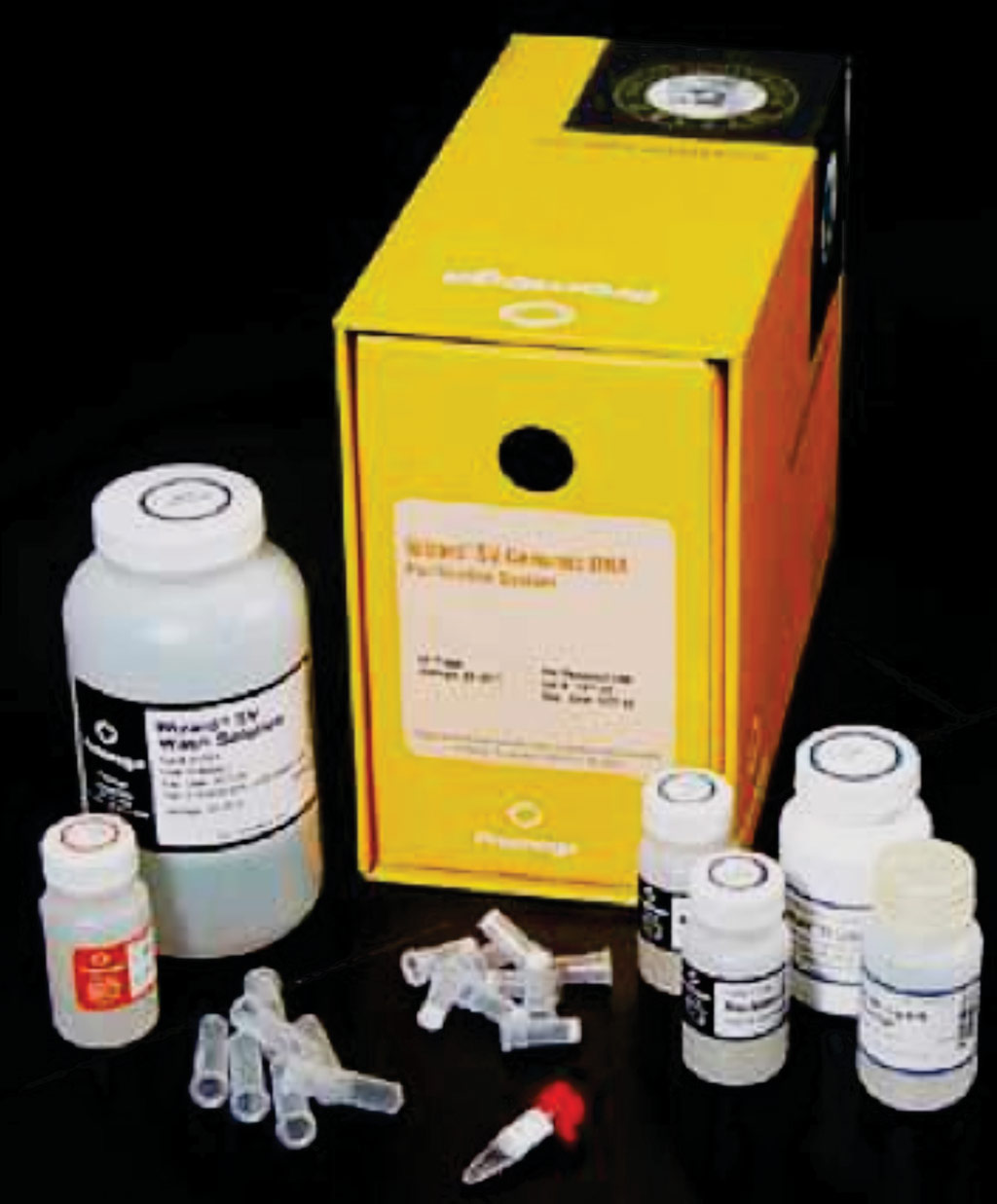Genomic Sequencing Illuminates Recent Shigellosis Outbreaks
By LabMedica International staff writers
Posted on 12 Jan 2017
Shigellosis is an acute gastrointestinal infection caused by bacteria belonging to the genus Shigella. Shigellosis is the third most common enteric bacterial infection in the USA with 500,000 infections, 6,000 hospitalizations, and 70 deaths each year.Posted on 12 Jan 2017
There are four Shigella species that cause shigellosis: Shigella dysenteriae, considered to be the most virulent species due to its ability to produce a potent cytotoxin called Shiga toxin, while S. flexneri, S. boydii, and S. sonnei generally do not produce Shiga toxin and, therefore, cause mild forms of shigellosis.

Image: The Wizard SV Genomic DNA purification system (Photo courtesy of Promega).
Scientists at the California Department of Public Health (Richmond, CA, USA) and their colleagues identified 68 Shigella sonnei human isolates from California (CA); 57 outbreak-related isolates from 2014 to 2015 and 11 archival isolates from 1980 to 2008, which were serotyped by standard methods. Polymerase chain reaction (PCR) detection of the stx1 and stx2 genes and Vero cell neutralization assay for confirmation of Shiga toxin production were performed.
DNA was extracted with a Wizard Genomic DNA kit (Promega, Madison, WI, USA). Sequencing libraries were constructed using the Nextera XT (Illumina Inc, San Diego, CA, USA) library preparation kit. Sequencing was performed using 2 × 300-bp sequencing chemistry on an Illumina MiSeq sequencer. High-quality single nucleotide polymorphism (hqSNP)-based phylogeny was used to determine genetic relationships between the local California (CA) S. sonnei populations and their connection to global S. sonnei strains.
The team found two clusters in these outbreaks: one that primarily struck San Diego and the San Joaquin Valley and one more localized to the San Francisco Bay Area. The San Diego/San Joaquin strain has been in California since at least 2008. However, some of the isolates had been infected with a bacteriophage (a virus that attacks bacteria) that carried a Shiga toxin (stx) gene found in the more virulent S. flexneri and S. dysenteriae. By contrast, the strain that hit San Francisco lacked stx but contained genes that gave it resistance to the broad-spectrum fluoroquinolone class of antibiotics. The fluoroquinolone-resistance genes were similar to ones found in strains from Southeast Asia.
James P Watt, MD, MPH, the Chief of Division of Communicable Disease Control, said, “Shigella sonnei bacteria normally cause a less severe disease and are not known to produce Shiga toxin. The toxin gene was most likely acquired by Shigella sonnei via genetic exchanges with Escherichia coli and other Shigella species. Discovering a functional toxin gene was concerning in this large outbreak. Finding this gene raises concerns that illness due to Shigella sonnei could become more severe in the future.” The study was published on December 21, 2016, in the journal mSphere.
Related Links
California Department of Public Health
Promega
Illumina








 (3) (1).png)





